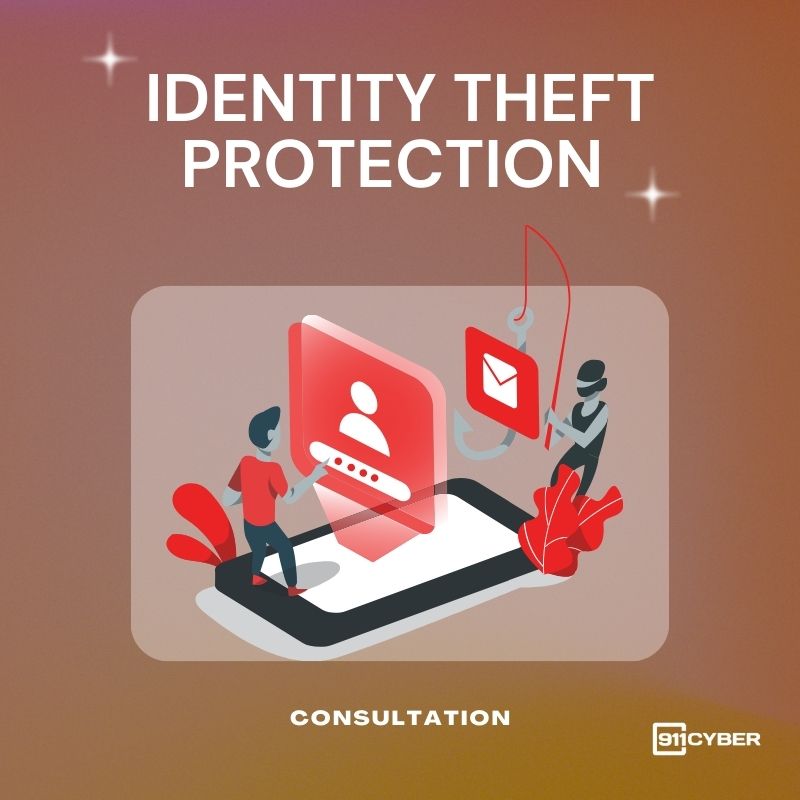May 15, 2025 – Cyber Briefing

👉 What’s going on in the cyber world today?
Horabot phishing hits Latin America, Chrome’s zero-day gets patched, and HTTPBot targets Windows systems with advanced DDoS attacks.
Listen to the full podcast
🚨 Cyber Alerts
1. Horabot Malware Targets LatAm Via Phishing
A new phishing campaign is distributing Horabot malware to Windows users across several Latin American countries. Crafted emails impersonating financial documents trick victims into opening malicious attachments designed to steal credentials. Horabot can harvest contact lists, install banking trojans, and spread laterally by sending phishing messages from victims’ Outlook. This malware, first documented in 2023 and active since at least 2020, is believed to be operated by Brazilian threat actors.
2.Google Patches Chrome Account Takeover Bug
Google has released emergency security updates for its Chrome web browser to fix a high-severity vulnerability. Tracked as CVE-2025–4664, the flaw in Chrome’s Loader component could allow remote attackers to leak cross-origin data. This could potentially lead to full account takeover, and Google has confirmed an exploit for this vulnerability exists in the wild. Users are strongly advised to update their Chrome browser to the latest patched versions immediately to protect against this threat.
3.HTTPBot DDoS Threat To Windows Systems
A new GoLang-based botnet, HTTPBot, is targeting Windows systems in gaming, technology, and educational sectors with sophisticated DDoS attacks. It uniquely focuses on crippling application-layer vulnerabilities and critical interfaces rather than just overwhelming bandwidth. HTTPBot ensures long-term persistence on infected systems through stealthy execution and Windows Registry manipulation. Defending against this evolving threat requires adaptive security measures, including behavioral analysis and proactive threat hunting.
💥 Cyber Incidents
4. Dior Breach Exposes Asian Customer Data
Luxury fashion brand Dior announced a cyberattack that exposed personal data of its Fashion and Accessories customers. While information like names, contact details, and purchase history was compromised, Dior confirmed passwords and payment card data were unaffected. The breach, discovered on May 7, 2025, has impacted customers in South Korea and reportedly China, with other regions not yet specified. Dior is investigating the incident, notifying relevant regulators and customers, and faces legal scrutiny in Korea regarding its notification process.
5. Australian Human Rights Body Files Leaked
The Australian Human Rights Commission (AHRC) announced a data breach where attachments from its online complaint form were exposed. These documents, some containing sensitive personal information like health details and contact information, were inadvertently indexed by search engines. Approximately 670 documents were made accessible between April and May 2025, with about 100 accessed online. The AHRC is working to remove the files, notify impacted individuals, and has reported the incident to relevant authorities including the Office of the Australian Information Commissioner (OAIC).
6. Nucor Cyberattack Halts Plants Networks
Nucor Corporation, the largest U.S. steel producer, experienced a cybersecurity incident today involving unauthorized third-party access to its IT systems. The company promptly took affected systems offline, implemented containment measures, and temporarily halted some production operations at various locations. Nucor disclosed this incident in an SEC filing and has engaged external cybersecurity experts to assist with the ongoing investigation. While production is gradually restarting, specific details about the attack type, potential data theft, or the perpetrators involved remain unknown.
📢 Cyber News
7. Public Backlash Halts CISA’S X Alert Plan
The U.S. Cybersecurity and Infrastructure Security Agency (CISA) quickly reversed its decision to reduce website cybersecurity alerts in favor of the X platform. This change of course on Tuesday followed confusion within the cyber community stemming from its Monday announcement. The initial plan to primarily use X for alerts sparked concerns about public access to critical cybersecurity information, especially amid CISA’s budget pressures. CISA has now paused these changes to re-evaluate how it can best communicate vital security updates to all stakeholders.
8. Japan Aims For 50,000 Cyber Experts By 2030
Japan has set an ambitious goal to increase its cybersecurity experts to 50,000 by 2030 to address personnel shortages and enhance national cyber resilience. Currently having around 24,000 licensed specialists, the Ministry of Economy, Trade and Industry (METI) plans to boost this number through improved training programs and promoting certifications. This national strategy also emphasizes strong international collaboration, particularly with the European Union, focusing on information sharing and joint initiatives. Key objectives include expanding the workforce, integrating advanced technologies like AI, and implementing supportive policy reforms for professionals.
9.Patient Data Breached Record 276M In 2024
The healthcare sector faced an unprecedented wave of cyberattacks in 2024, resulting in 276 million patient records being exposed globally. This continues a long-term upward trend in data breaches, with hacking incidents and ransomware now being the primary causes, replacing earlier issues like physical loss or theft. While 2023 set records for the number of breaches and exposed records, 2024 saw an even higher number of compromised records. The massive ransomware attack on Change Healthcare in 2024 was the largest ever, affecting an estimated 190 million individuals.
📈Cyber Stocks
💡 Cyber Tip
Update Google Chrome Now to Prevent Account Takeover Attacks
Google has released an urgent security update to fix a serious bug in Chrome that could let hackers steal data from other websites you visit and potentially take over your online accounts.
✅ What you should do:
- Open Chrome, click the three-dot menu in the top-right corner, go to Settings, then select About Chrome.
- Chrome will automatically check for updates and install the latest version.
- Restart your browser after the update is complete.
- Turn on automatic updates to stay protected in the future.
Why this matters: Hackers are already using this vulnerability in real attacks, so updating your browser right away is critical to keeping your personal accounts safe.
Get Help
July 31, 2025 – Cyber Briefing
July 30, 2025 – Cyber Briefing
July 29, 2025 – Cyber Briefing
July 28, 2025 – Cyber Briefing
July 25, 2025 – Cyber Briefing








